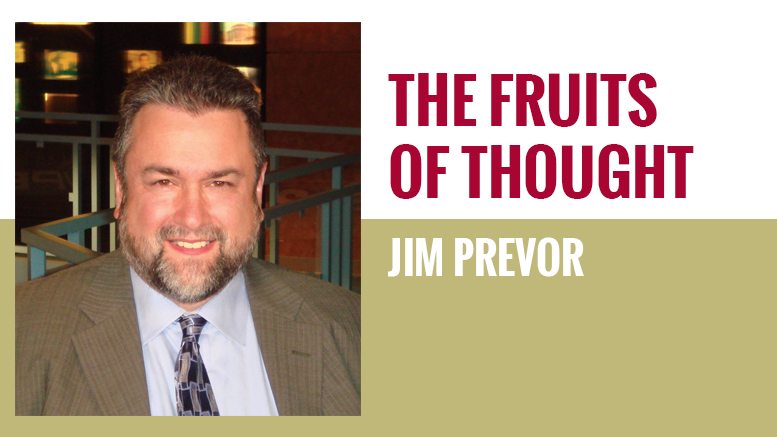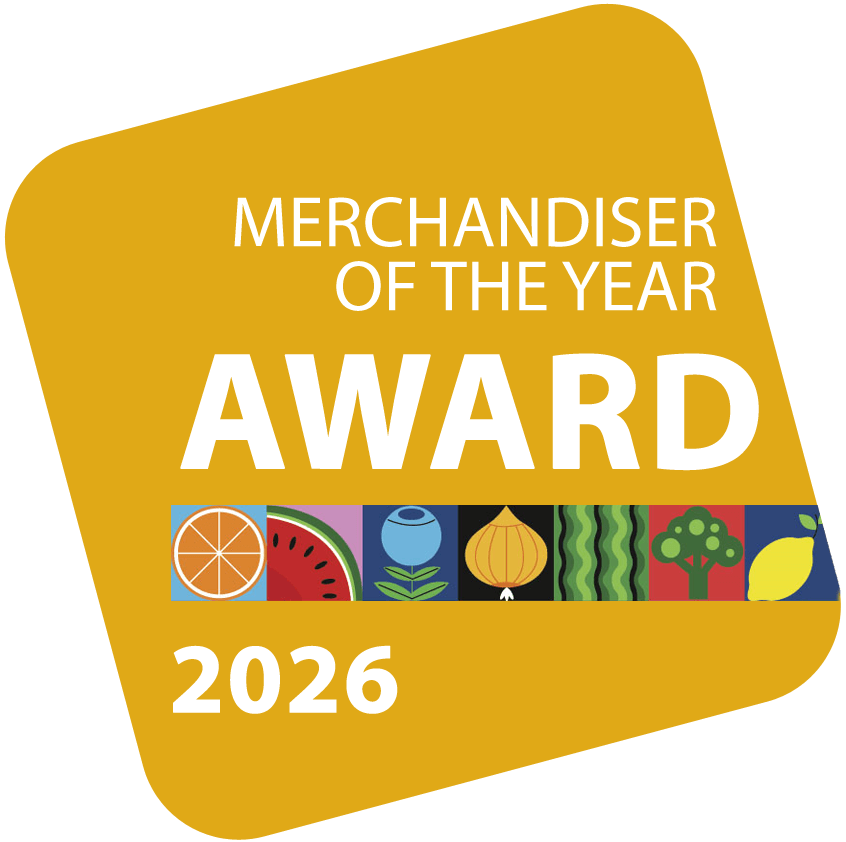The New Kings of Sustainability
June 17, 2024 | 4 min to read
In the evolving landscape of sustainability, many retailers have shifted their focus to immediate profits, often sidelining comprehensive efforts. However, foodservice sustainability thrives among chefs and college students, emphasizing local sourcing and fostering a cultural consciousness about food origins. While the genuine passion of these groups energizes the movement, real challenges—like food safety and consolidation—persist. Ultimately, this enthusiasm may be crucial in steering future generations toward healthier, less processed food choices, creating a lasting impact on society.

By Jim Prevor, ORIGINALLY PRINTED IN SEPTEMBER 2011
Back when the French had kings, they used to say, “Le Roi est mort. Vive le Roi!” It translates as “The King is dead. Long live the King!” The phrase symbolized the concept that the kingdom was never without a king. The death of one monarch instantly transferred power to his successor.
The phrase comes to mind because it so perfectly symbolizes the state of sustainability in our industry. Many retailers have pulled back on sustainability programs, except in those areas where they can see an immediate profit boost. In foodservice, however, sustainability — especially the local aspect of it — is a cause célèbre among chefs and young adults, especially college students.
Or, put another way, “Sustainability is dead. Long live sustainability!”
How this situation came about is intriguing and not instantly obvious, even to players deeply involved. In large retail operations, sustainability was very much a top-down marketing initiative. Some retailers went into sustainability as a PR move — sustainability was used as a kind of invisibility cloak, in which all the bad things disappeared when cloaked behind a sustainability effort.
Noting that sustainability traditionally had separate focuses on the environment and the economic and social spheres, some retail executives thought they could pick and choose — only focusing on those aspects of sustainability that would increase the corporation’s bottom line.
Now there was some value here. Sustainability at most large retailers became a kind of heightened consciousness in which traditional practices, particularly relating to energy, packaging and logistics, were looked at with an eagle eye to find more efficient ways to proceed.
A focus on sustainability in foodservice, manifested as a drive for local, is teaching college students to have great consciousness about their food and where it comes from.
In the end, though, with the exception of a few small PR efforts, it is difficult to identify even one thing that a major retailer did in service of sustainability that it would not have done if its goal was simply to maximize long-term profits.
The consumers who really were focused on sustainability wound up focusing on alternative channels, so we have an explosion of farmers markets and CSAs (community-supported agriculture).
In contrast, chefs and college students have served as the yin and yang of sustainability at mainstream foodservice operations. The broader industry has legitimate critiques of these enthusiasms. College students may well be leading more with their hearts than their heads in these efforts, but isn’t that passion almost the definition of the age group?
Chefs may be loath to admit it, but their movement away from organic and toward local can be explained as a rational response to changes in the regulatory environment. Before the Organic Foods Production Act, organic was a “Wild West,” with wildly different standards across the country. A restaurateur, who sourced organic and vetted it himself, was giving the consumer a real value that the consumer could not easily recreate on his own. Once the National Organic Standards were established, any consumer could go into a store and purchase certified organic produce, so suddenly the chef’s contribution was not so valuable.
Yet when chefs shifted to local, they had a new way of adding value. In most cases, consumers have little, if any, opportunity to interact with local farms. So, when a chef can identify local vendors of quality, he is selecting purveyors of quality produce and other items that consumers cannot do well for themselves. That is the definition of value-added.
Because these enthusiasms by students and chefs are so genuine, they are also infectious. It is this love of local and fresh, sustainable and bio-diverse, and artisan-produced food that brought on the media lovefest with virtually every newspaper having someone live as a locavore for a while. It has also led to new restaurant concepts such as farm-to-table restaurants and has tied in with school garden projects — a way of reaching out to even younger consumers.
Nonetheless, enthusiasm may not be enough to carry the day. There are real issues, especially related to food safety, that push growers to consolidate; and local is appealing in part because high diesel prices make it price-competitive with distant growing areas.
But in all human endeavors, enthusiasm, if not a sufficient condition to prevail, is surely a necessary one. If nothing else, a focus on sustainability in foodservice, manifested as a drive for local, is teaching college students to have great consciousness about their food and where it comes from. Reverberating such an attitude through the generations is likely to be the key to getting people to eat less processed and fresher foods; indeed, such a consciousness seems the only force with the power to move half the plate to fresh produce. As they say, “May the force be with us.”

Produce industry icon Jim Prevor, who founded Produce Business magazine in 1985, died Nov. 7, 2022. To honor his legacy as a maverick thought-leader, this space spotlights the best of Prevor’s “Fruits of Thought” column, which garnered more than 200 awards in business journalism.
7 of 16 article in Produce Business June 2024

